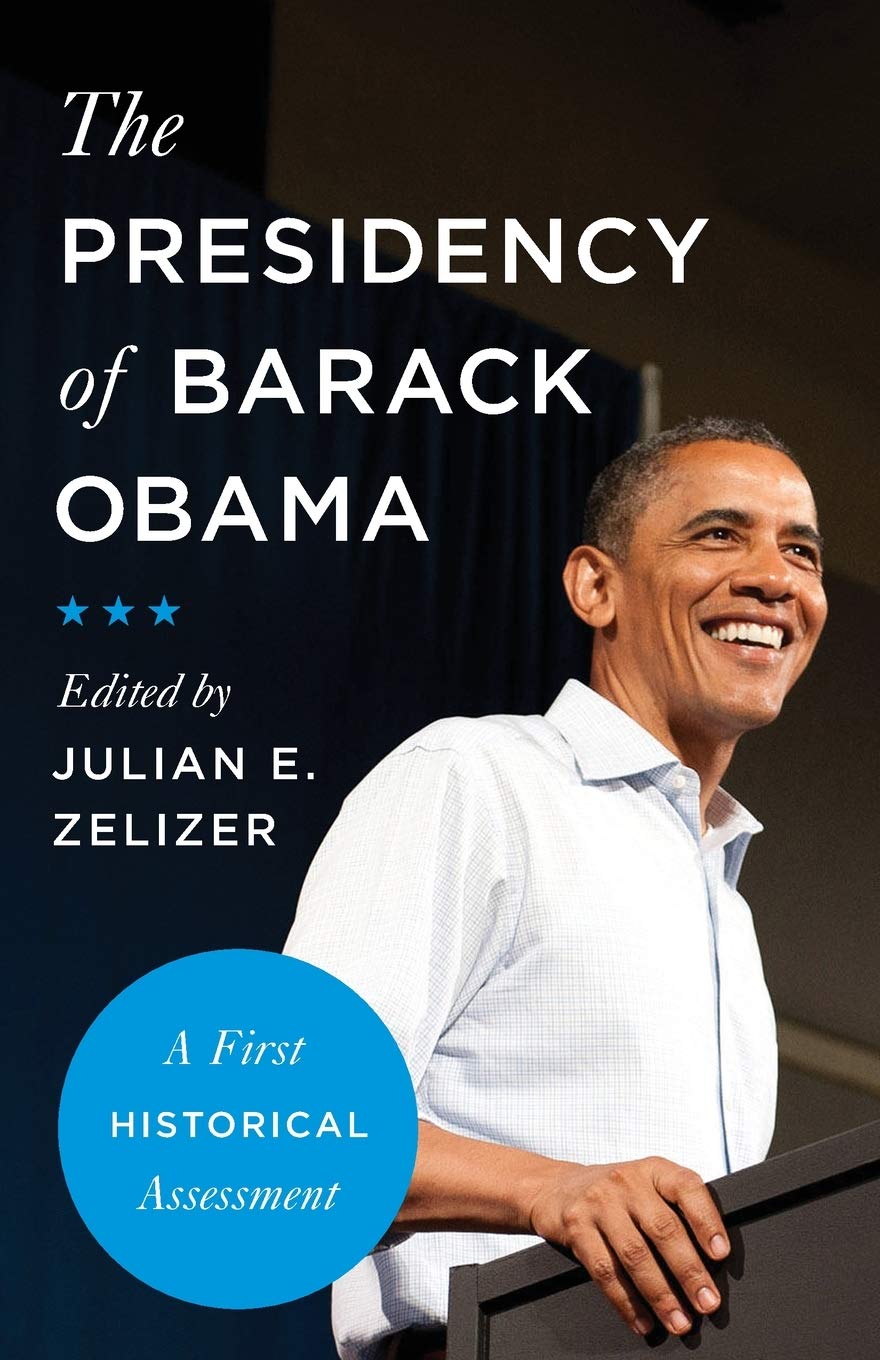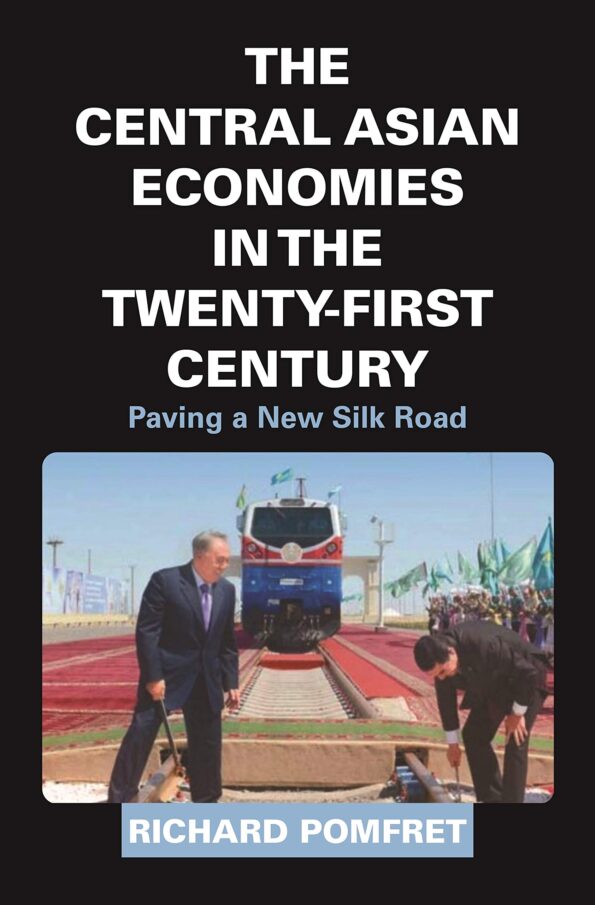
The Presidency of Barack Obama: A First Historical Assessment
(Princeton and Oxford: Princeton University Press, 2018, ISBN: 9780691160283, 368 pp., $ 21.05)
The calendar showed 10th of December 2016 when a group of professors gathered at Princeton University for a 2-day lasting conference to put the presidential period of Barack Obama on the table from various perspectives such as inequality, counterterrorism, immigration, the Supreme Court and race and discuss each heading in detail. The conference was convened following Trump’s election for the presidential post and this was the reason New York Times preferred to select an headline such as “Historians Assess Obama’s Legacy under Trump’s Shadow” in order to announce the conference, give place to it in its pages. The motivation behind the selection of the mentioned headline was to stress the unexpected result of the American elections. This study, “The Presidency of Barack Obama” is an edited scholarly work by Julian E. Zelizer, who is a professor of political history in Princeton University. The chapters covered in the edition in a sense underline the failures of Obama that led to the victory of a quiet controversial Republican figure Donald J. Trump. There are 17 chapters in the book from 16 different authors who are competent and time-served in their fields focusing mostly on four main realms; social reforms, economic implications, international politics – foreign policy perspectives and legal issues. Considering the length of the articles it would be too much to expect a full-fledge assessment of each of the mentioned themes however they are quiet adequate and satisfying to give an academic insight regarding the volume of the content they tackle.
Barack Obama’s coming to the post in January, 2009 was welcomed and even glorified internationally as well as all the circles domestically which was assumed a completely new era due to his hitting title as the first African American president in American history. However in his second term, he fell in a situation and became a lame duck. In 2012 Republican Party managed to dominate the Congress, which undermined the control and manoeuvre capability of the incumbent president. Zelizer in this study brought fore coming American historians to examine the presidential period from political and historical perspective. When looking back to the 2008 election campaign and promises, it is commonly argued that the expectations from Obama government fell short which would have concrete impact on 45th president’s period in the office. This book becomes prominent to pre-examine and stipulate such potential effects in Obama’s successor’s policies. Besides the dissatisfactions caused by Obama’s actions, another contribution of this book lies in its foresight; the accomplishments of Obama were at risk by the reason that 45th President Trump would shift the country just the opposite direction in many areas. Paul Starr is one of them who argued in Trump’s term as President, Obama’s progress would be likely wasted or completely wiped away (45). Although the ideas taking place in this book was printed right after the 2016 elections, today we have witnessed that Trump administration withdrew from various international organizations such Paris Climate Agreement, Trans-Pacific Trade pact and froze Transatlantic Trade Investment Partnership which was again founded during Obama’s period between the EU and U.S. While these policies point to a axis shift from the multilateral understanding of the 44th President, they also give credit to the book for the prospects regarding Trump’s period. Besides the differences in understanding and approaches to the political issues between Republicans and Democrats, some authors underline the similarities with a smart move. Kathryn Olmsted is one of them who argues there is no significant difference among Bush’ and Obama’s foreign policy when it comes to counter-terrorism and Middle East. Other than the critical approaches, there are pieces in the book, which show positive sides of the Administration especially in economic recovery, health reform, closing the economic gap between the rich and poor, reducing economic inequalities. Paul Starr in his chapter argues that Obama government succeeded in economic sense however could not show the same performance in making its propaganda to the public. The administration enhanced the tax liability of highest income group in 2013 while the taxes of middle class and poor remained considerably low compared to previous periods in U.S. history. The Recovery Act, healthcare reform and tax changes under Obama administration had considerable impact but failed to satisfy the public at large (59). Another favourable practice of Obama’s period, his fight against global warming was covered by Meg Jacobs who analysed Administration’s solid executive actions to slow emission and led a distinct change in policy. Today there is no doubt that the green legacy of Obama is eroded in the hands of Trump as foreseen by Jacobs back at 2016. Promising bypassing Obama’s Clean Power Plan and withdrawing from Paris Agreement worked out in swing states such as Pennsylvania, Ohio, West Virginia and Michigan.
The authors lay stress on major cases that played a considerable role in Obama’s presidency such as conservative backlash, race, the 2008 financial crisis, increase in criminal activities, health care reforms, usage of drugs, counterterrorism, American foreign policy towards Afghanistan and Iraq, environmental issues and Paris Climate Agreement, immigration, education, gay rights and urban policy. Considering the chapters covered in the book, they somehow point to the fact that although Obama has exercised a solid policymaking, he was not successful to get the political benefit of what he has done in return. His lacking motivation to mobilize his Democrat Party to unite the congressmen towards a common goal was also an undermining factor that paved the way for the Republican candidate win elections in 2016. The common view among the authors reflects the argument Obama was not able to gather the Democrats and progressive activists under one umbrella to confront and compete with the rising conservatism in the public.
Another interesting theme covered in the book is Obama’s Africa Policy by Jacob Dlamini, which crystalizes 44th President’s apathy towards this continent despite of his bounds to Kenya due to his father. Obama’s particular policies on Africa are a rare subject covered among the scholarly works of academics. In Dlamini’s chapter, Obama’s attempts to consolidate institutions in Africa, protecting vulnerable groups, fostered the interests of women and young people, perpetuating Bush’s projects on HIV/AIDS and malaria, confirming trade pact with 39 African countries, initiatives to increase the access to electricity are discussed which are remarkable subjects to analyze the approach of the Administration. However his African policies again fall to the same cluster; fail to satisfy the interested parties. Increasing U.S. military presence in Africa, sending great number of drones to the region compared to previous period, AFRICOM’s conducting alliances with certain military groups along Sahel desert did not give any tangible result.
This book sums up Obama’s term as a disappointment or with a more moderate saying; dissatisfaction; “the mountain has brought forth a mouse” would be an appropriate adage to clarify the mentioned period. A solid assessment could be found in Jeremi Suri’s chapter “Liberal Internationalism and Law”. Considering his election campaign, many circles expected him to “democratize international affairs by opening policy to new ethnic groups, or expanding the dialogue about race and foreign affairs. He did some of that, but it was not his consistent priority. He was not a great liberator.” (210).
Considering the group of authors is overwhelmingly liberal, all in all this compilation of scholarly works is a product of an in-depth analysis of a specific period targeting the ones that would like to form a proper idea on Obama’s presidential period while sticking to the facts. I recommend this satisfying and accessible study to anyone who has special interest to have insight on American politics, economy and the issues related to its social life.
Assoc. Prof. Efe Sıvış
Fenerbahce University, Turkey



